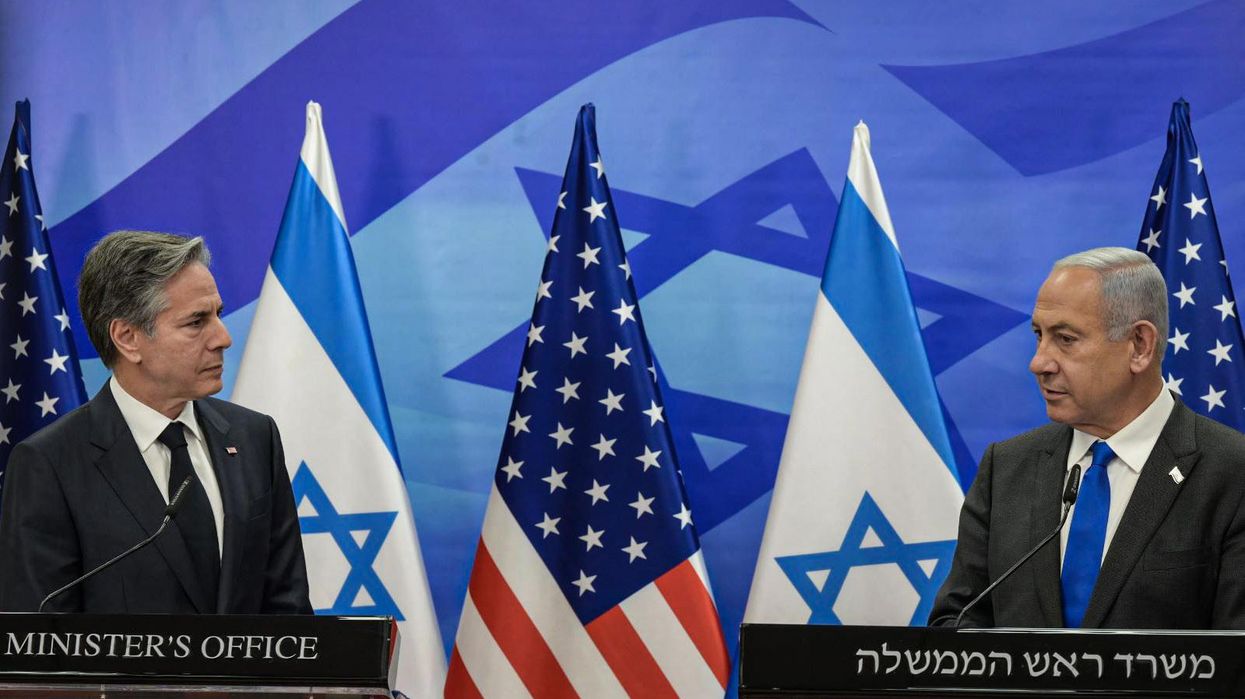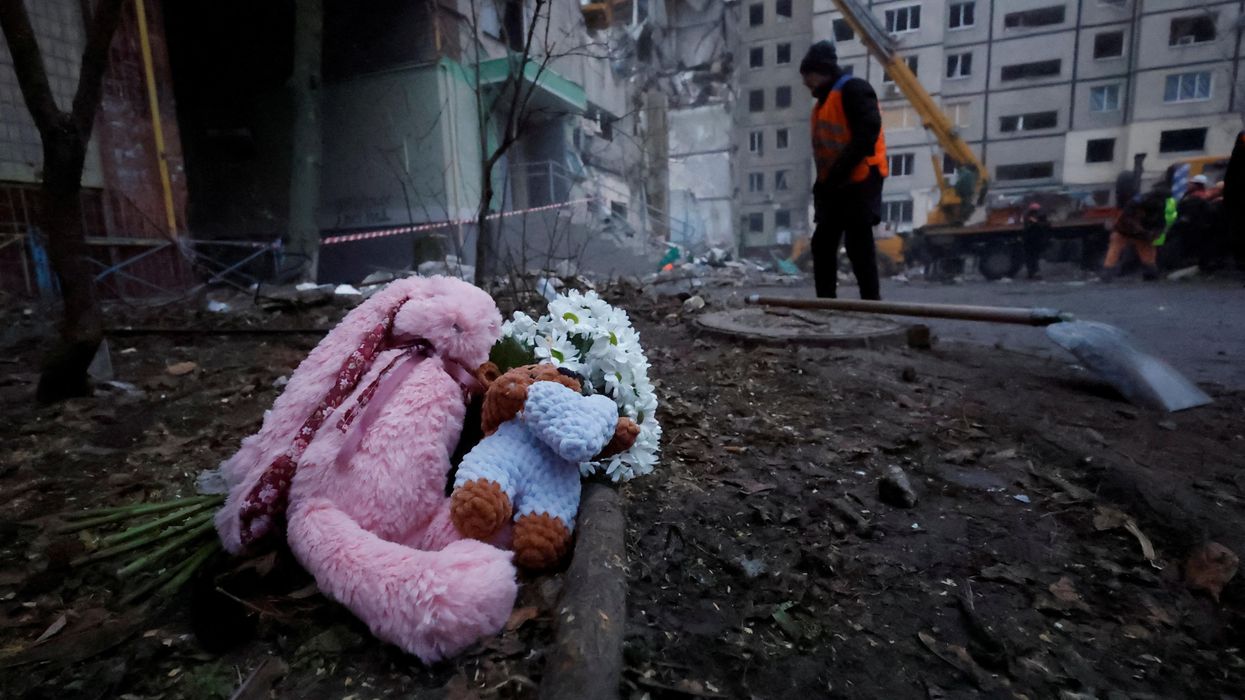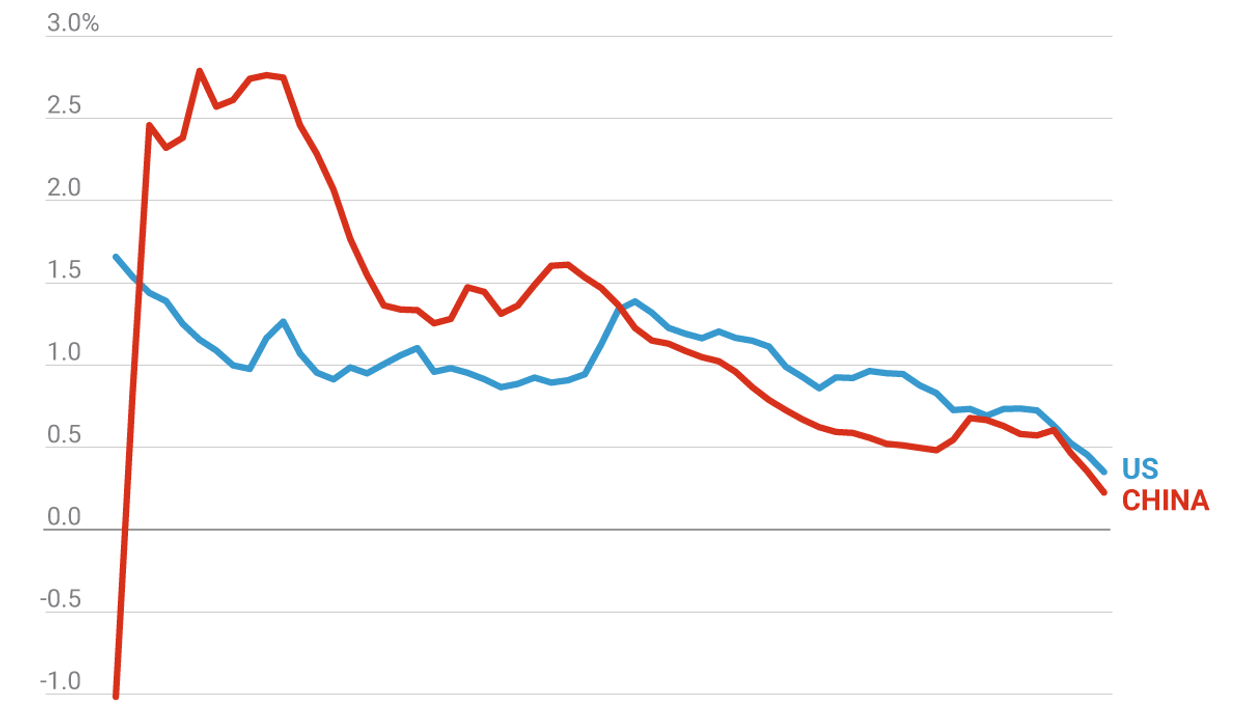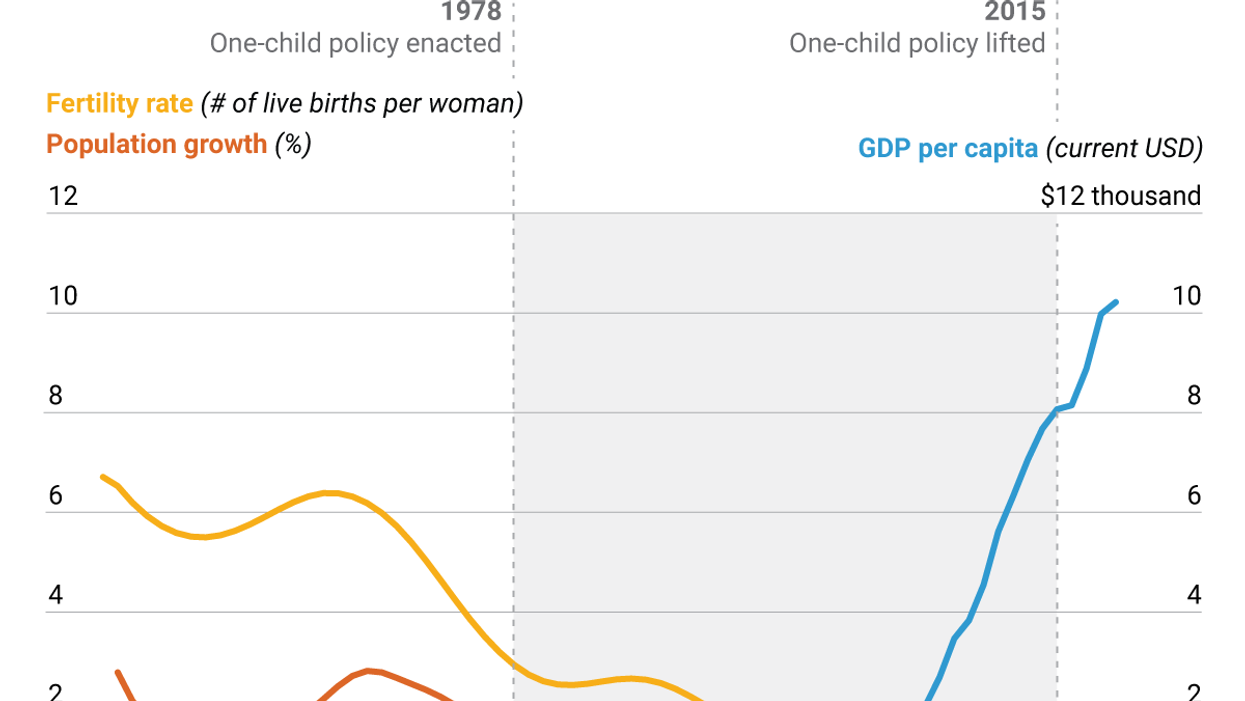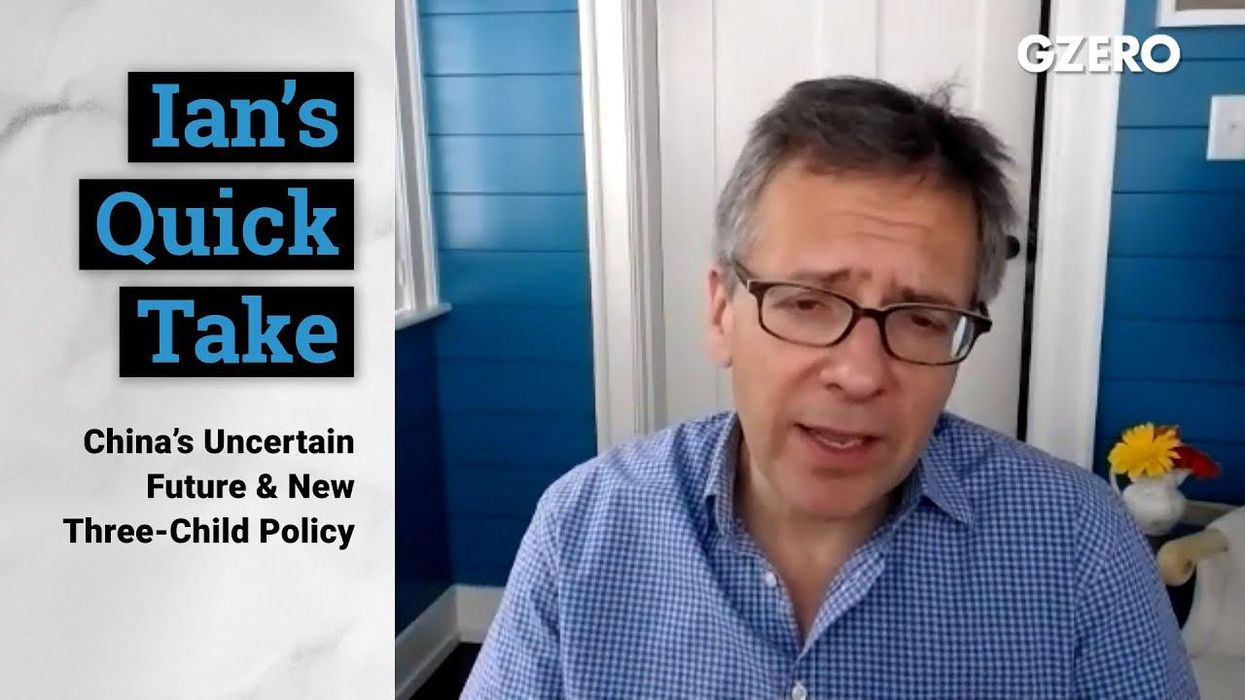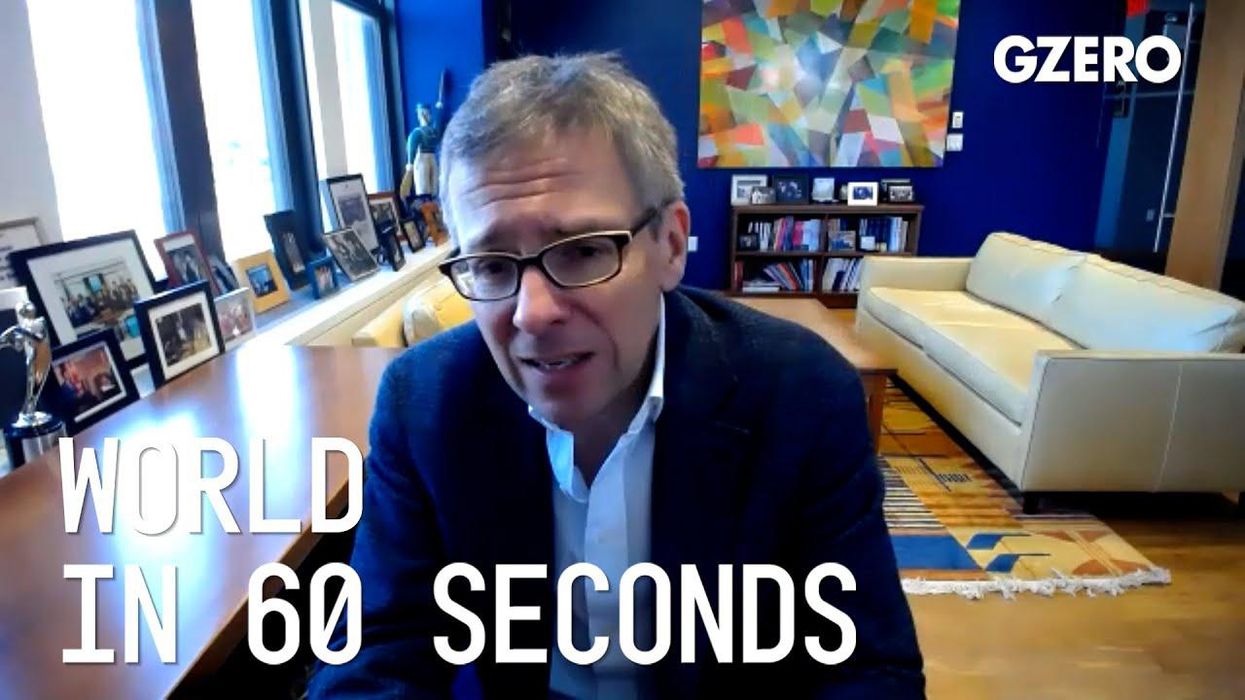News
What We’re Watching: Blinken’s Middle East chats, Erdogan’s bid to split Nordics, Peru’s early election, China offers baby incentives
Blinken visits Middle East amid volatility; Finland sticks with Sweden despite Erdoğan’s wedge; a Chinese province tries for more babies; Peruvians want early elections.
Jan 30, 2023
